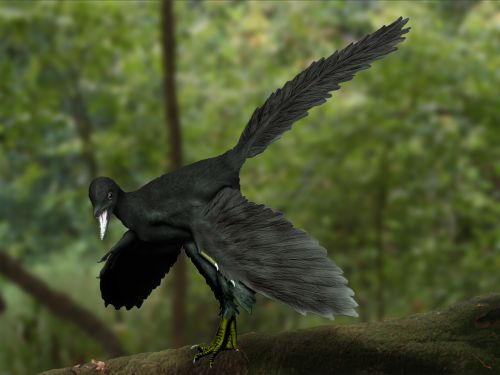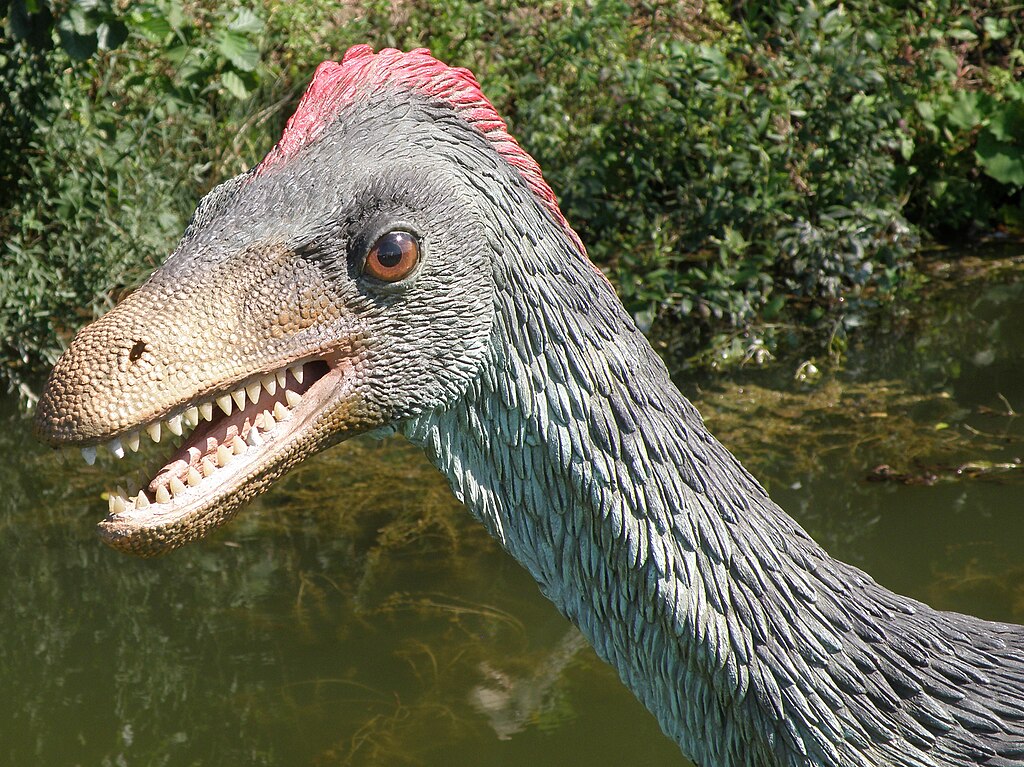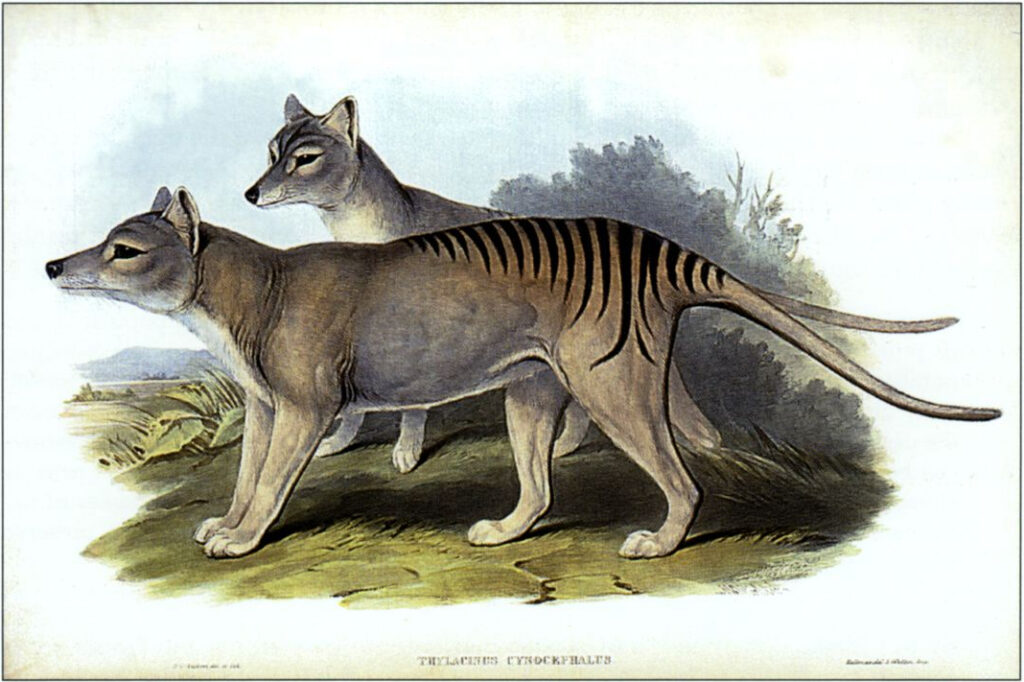Picture this: you’re standing in a prehistoric forest 150 million years ago when something extraordinary catches your eye. A feathered creature leaps from a towering tree, gliding through the ancient air with wings that seem too primitive to work. This isn’t science fiction—it’s the remarkable story of Archaeopteryx, the creature that forever changed our understanding of dinosaur evolution and flight.
The Prehistoric World of Archaeopteryx
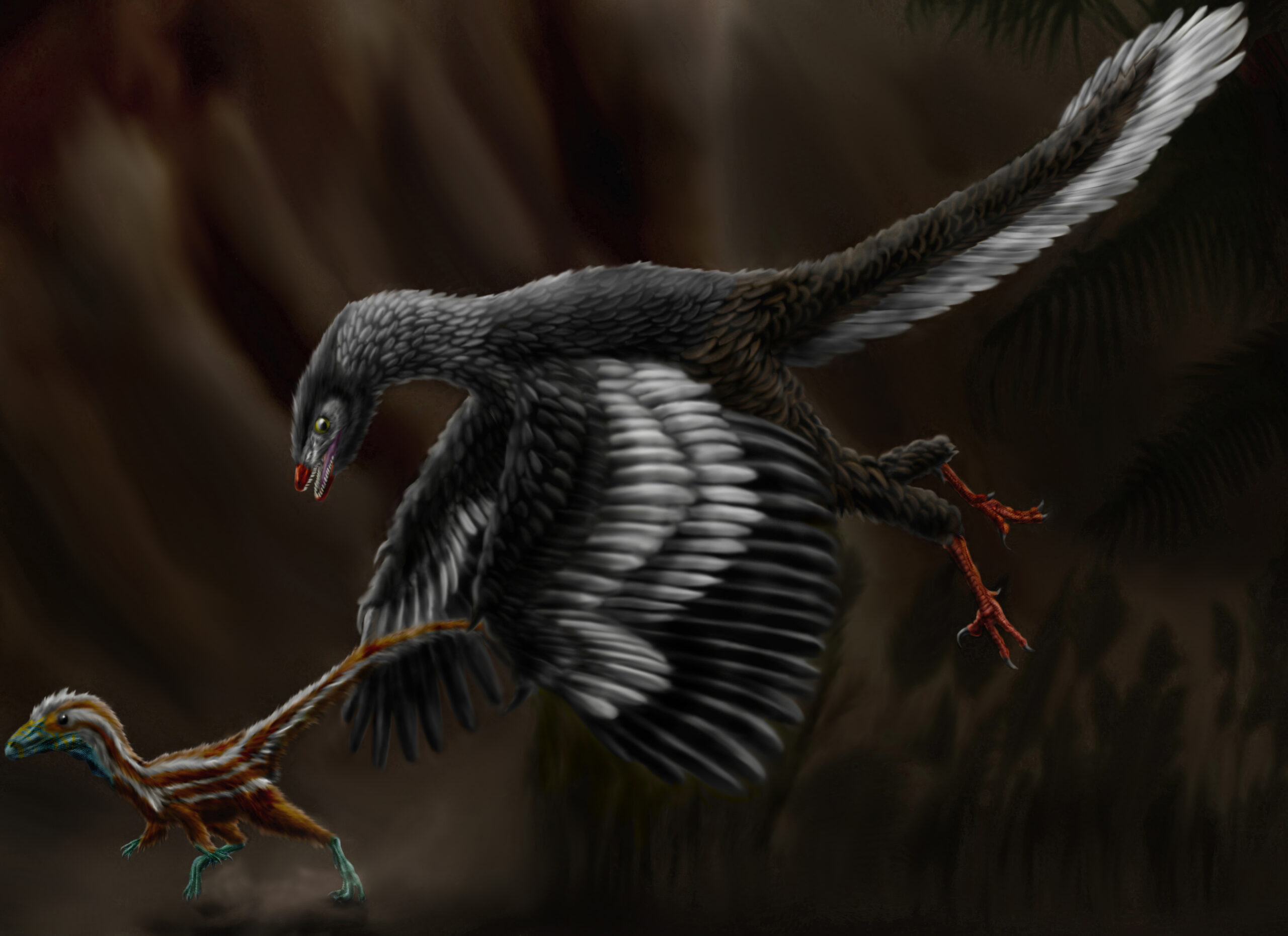
During the Late Jurassic period, Earth looked nothing like the world we know today. Dense forests of conifers and ferns stretched across vast continents, while shallow seas teemed with marine reptiles. The climate was warm and humid, creating perfect conditions for diverse ecosystems to flourish.
In this ancient landscape, Archaeopteryx made its home in what is now southern Germany. The region was dotted with lagoons and islands, providing ideal hunting grounds for this unique creature. Fossil evidence suggests these environments were rich with insects, small reptiles, and early mammals—perfect prey for a creature learning to master the skies.
Discovery That Shook the Scientific World
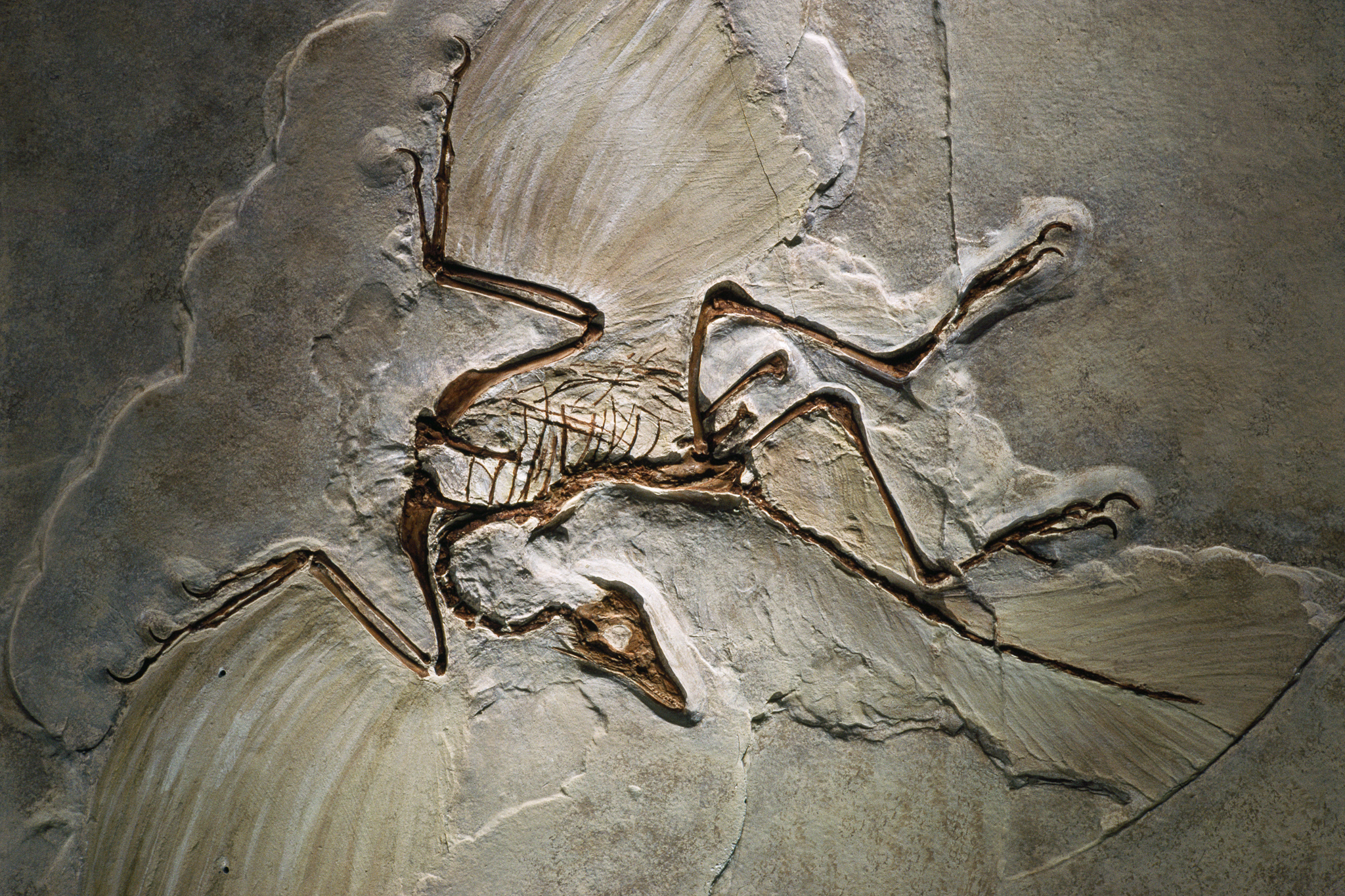
The first Archaeopteryx fossil was discovered in 1860 in a limestone quarry in Bavaria, Germany, just one year after Darwin published “On the Origin of Species.” This timing couldn’t have been more dramatic—scientists suddenly had physical evidence of a creature that seemed to bridge the gap between dinosaurs and birds.
The limestone preserved incredible detail, showing not just bones but actual feather impressions. Workers at the quarry initially thought they’d found just another fossil, but paleontologists quickly realized they were looking at something revolutionary. The specimen became known as the “London specimen” and sparked heated debates that continue today.
Anatomy of a Transitional Creature
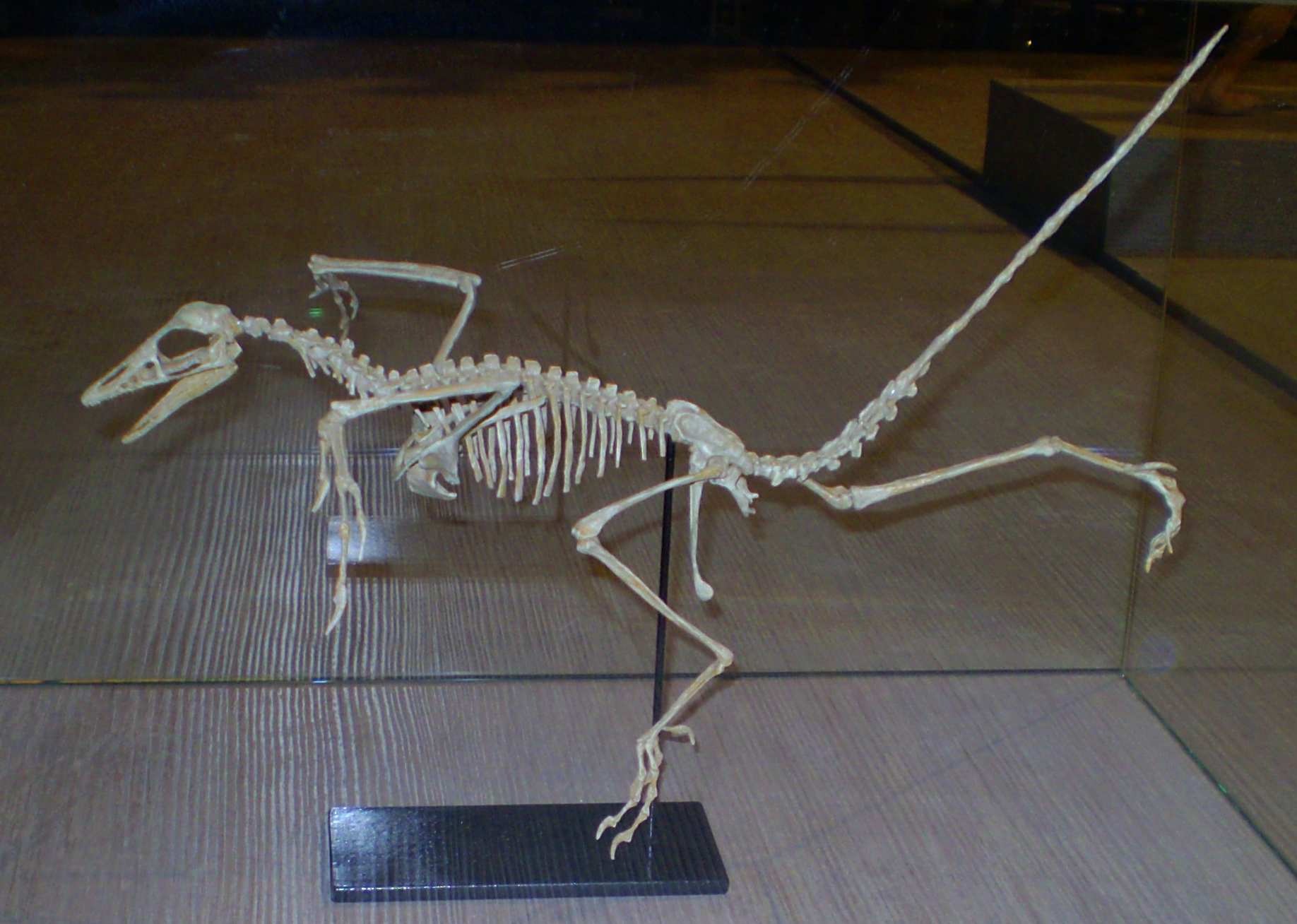
Archaeopteryx possessed a fascinating mix of dinosaur and bird characteristics that made it truly unique. Its skull featured sharp teeth—something no modern bird possesses—along with a reptilian jaw structure. The creature’s hands retained three functional fingers with claws, perfect for climbing trees and catching prey.
Most remarkably, Archaeopteryx had a long, bony tail with feathers arranged along its length, unlike the short, stubby tails of modern birds. Its pelvis and leg bones showed clear dinosaur ancestry, while its wings displayed the fundamental structure that would eventually evolve into modern bird flight. This creature was literally caught in the act of evolutionary transformation.
The Feather Revolution
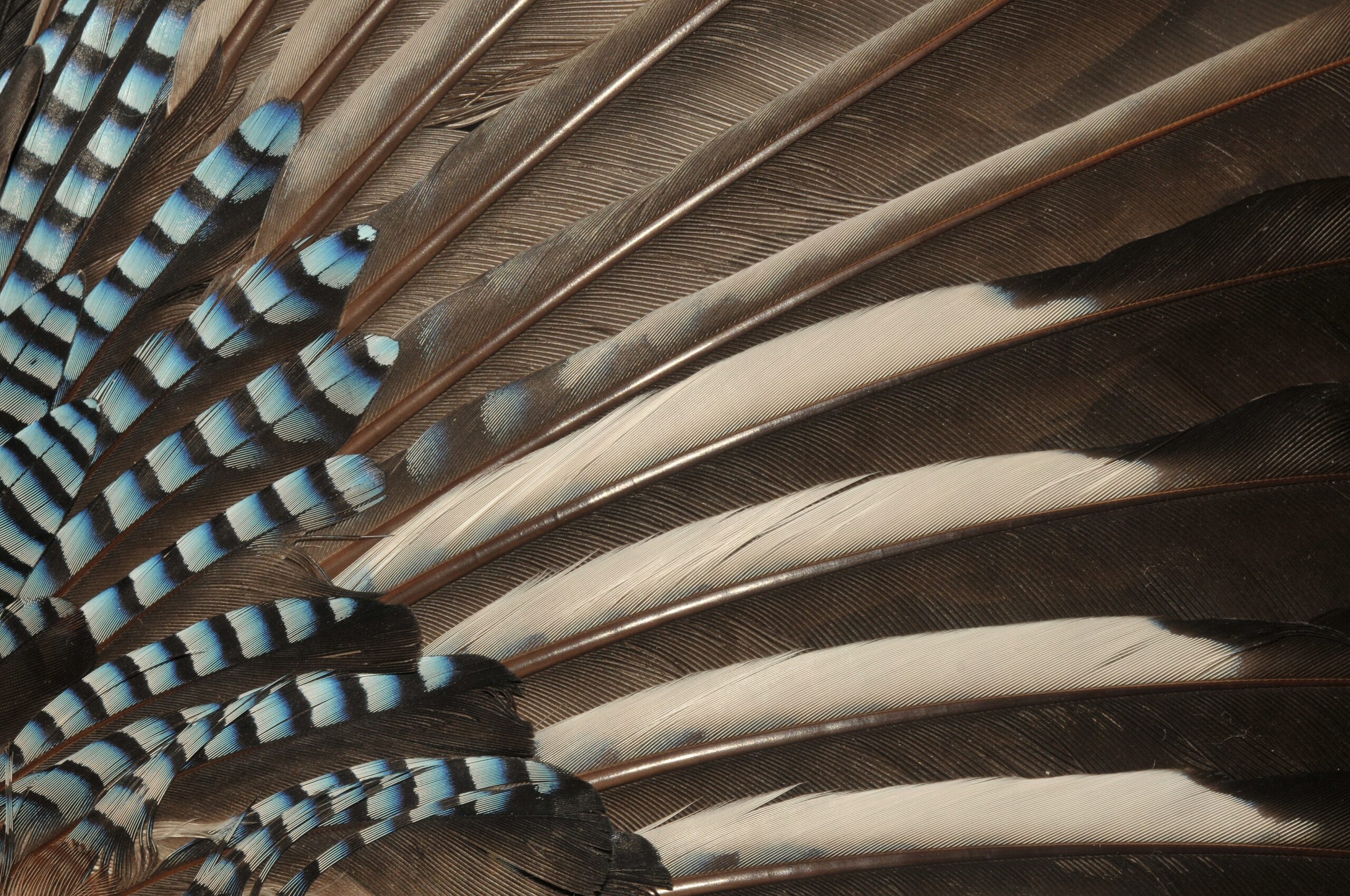
The feathers of Archaeopteryx represent one of evolution’s most significant innovations. Unlike the simple, hair-like structures found on some dinosaurs, these were complex, asymmetrical flight feathers similar to those of modern birds. The preserved specimens show primary and secondary flight feathers arranged in a pattern that suggests genuine flight capability.
These feathers weren’t just for flight—they likely served multiple purposes including insulation, display, and possibly even protection. The discovery of melanosomes (color-bearing structures) in Archaeopteryx feathers has revealed that this ancient creature was likely black with a metallic sheen, giving it an almost raven-like appearance as it moved through prehistoric forests.
Flight Capabilities: Soaring or Struggling?
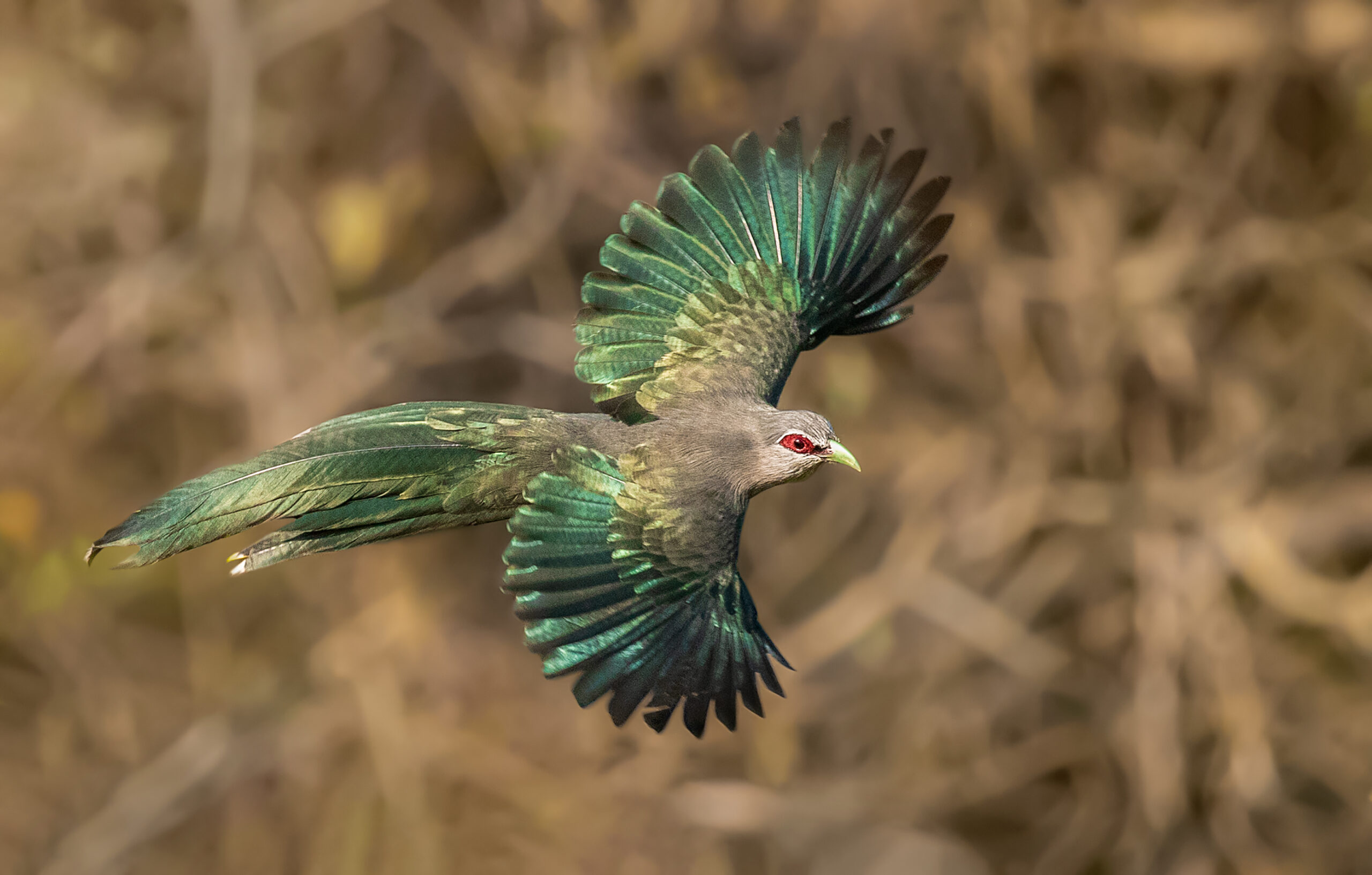
The question of whether Archaeopteryx could truly fly has puzzled scientists for decades. Computer models and biomechanical studies suggest it was capable of powered flight, but not the effortless soaring we see in modern birds. Its flight was likely more like that of modern game birds—short bursts of flapping followed by gliding.
The creature’s wing structure indicates it was probably an excellent glider, using its feathered wings to control descent from trees. Its relatively small flight muscles suggest that sustained, flapping flight was challenging, making it more of a “flutter-flyer” than a true aerial acrobat. This intermediate flight ability represents a crucial step in the evolution of powered flight.
Size and Physical Characteristics
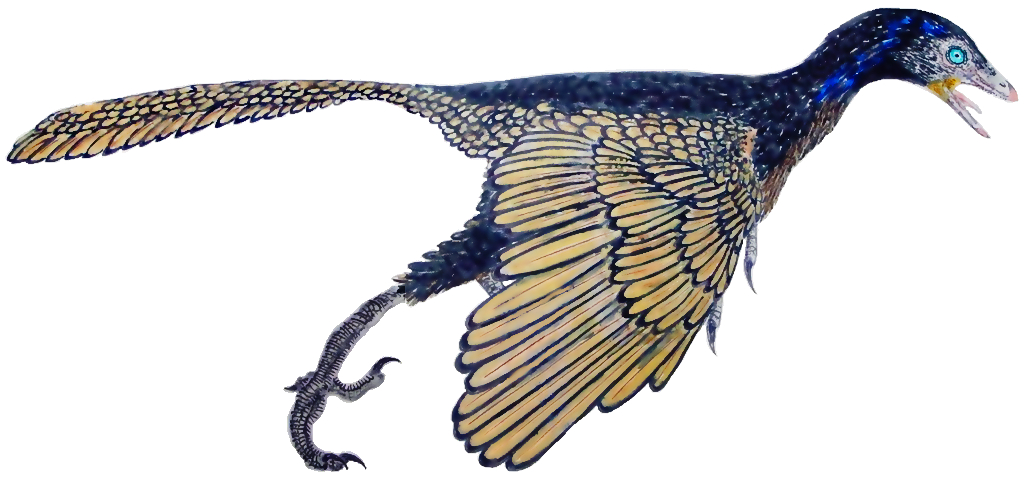
Archaeopteryx was roughly the size of a modern crow, measuring about 20 inches in length with a wingspan of approximately 24 inches. Despite its relatively small size, it weighed around 2 pounds—heavier than most modern birds of similar dimensions due to its denser, more reptilian bone structure.
The creature’s build was robust and muscular, with powerful legs that suggest it was an accomplished runner on the ground. Its large eyes indicate excellent vision, crucial for both hunting and navigating through dense forest canopies. The combination of these physical traits created a versatile predator equally at home in trees and on the ground.
Hunting Strategies and Diet
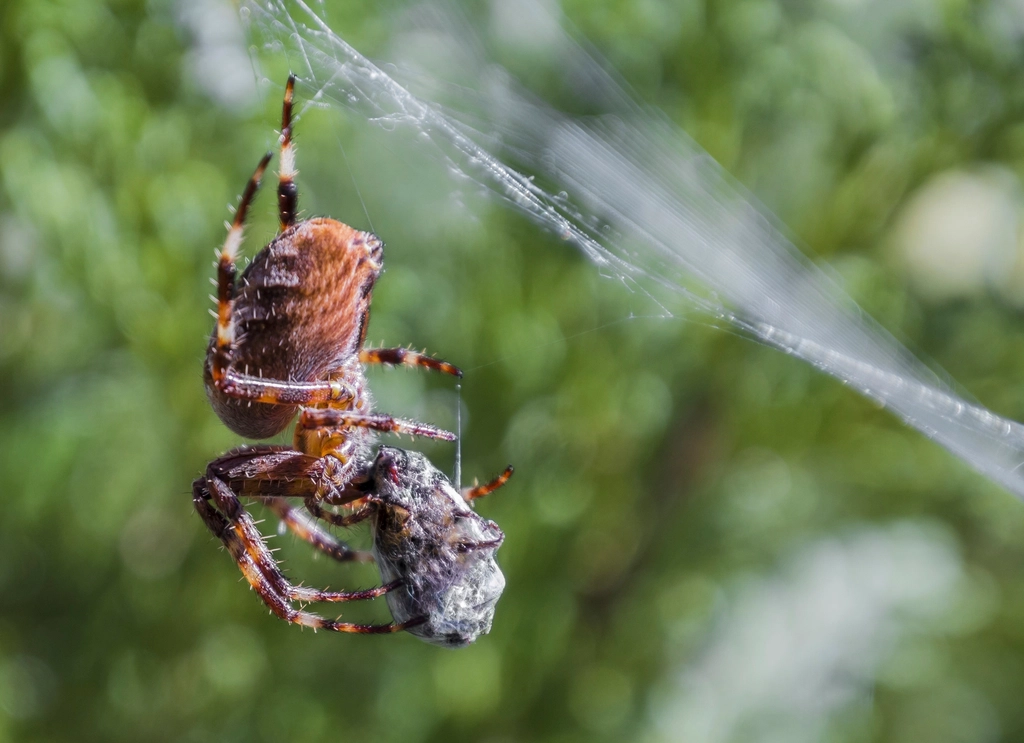
Archaeopteryx was likely an opportunistic predator, using its combination of teeth, claws, and wings to catch various prey. Its diet probably consisted of insects, small reptiles, early mammals, and possibly fish from shallow lagoons. The creature’s hunting style was probably similar to modern roadrunners—quick bursts of speed combined with aerial maneuvers.
Its sharp, recurved teeth were perfect for gripping slippery prey, while its clawed fingers could snatch insects from bark or leaves. The ability to glide from tree to tree would have given Archaeopteryx access to prey that purely terrestrial predators couldn’t reach, providing a significant evolutionary advantage in its ecosystem.
The Dinosaur Connection

Modern scientists classify Archaeopteryx as a transitional fossil between theropod dinosaurs and birds. Its skeletal structure shows clear relationships to small, bipedal dinosaurs like Compsognathus, which lived in the same time period and region. The similarities are so striking that one Archaeopteryx specimen was initially misidentified as Compsognathus.
This connection revolutionized our understanding of dinosaur evolution, proving that birds are literally living dinosaurs. The discovery helped establish that many dinosaur groups likely had feathers, used for insulation, display, or primitive flight. Archaeopteryx became the poster child for evolutionary theory, showing how complex features like flight could evolve gradually over millions of years.
Fossil Preservation Miracle
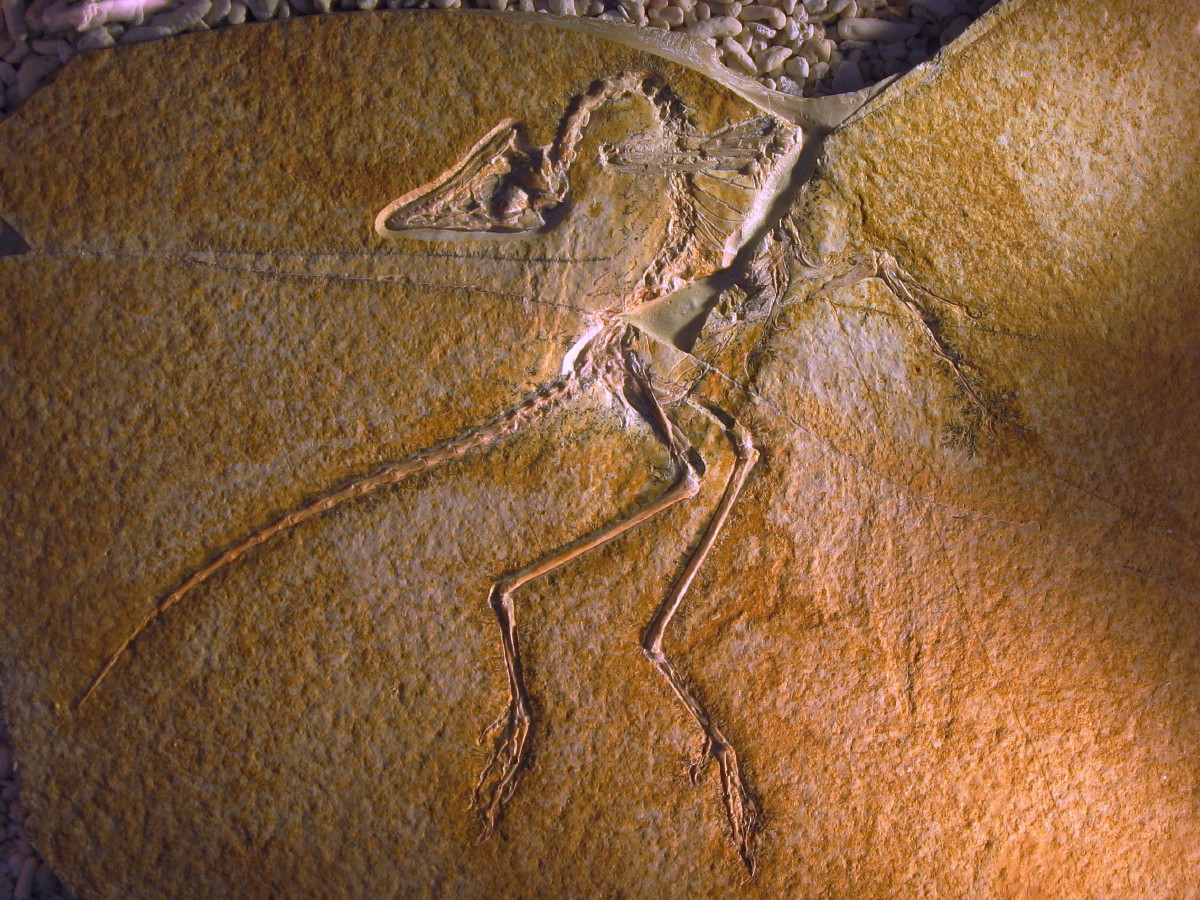
The exceptional preservation of Archaeopteryx fossils is almost miraculous. The fine-grained limestone of the Solnhofen formation created perfect conditions for preserving delicate structures like feathers, which normally decay rapidly after death. These fossils provide unprecedented detail about the creature’s anatomy and behavior.
Currently, twelve confirmed Archaeopteryx specimens have been discovered, each revealing new details about this remarkable creature. The preservation is so detailed that scientists can study individual feather barbs and even determine the creature’s coloration. This level of preservation is extremely rare in the fossil record, making Archaeopteryx one of the most important paleontological discoveries ever made.
Evolutionary Significance
Archaeopteryx occupies a unique position in the evolutionary tree of life, representing the transition from ground-dwelling dinosaurs to aerial birds. Its discovery provided crucial evidence for Darwin’s theory of evolution, showing how complex features could evolve through gradual changes over time. The creature demonstrates that evolution doesn’t create perfect solutions immediately—it builds upon existing structures.
The evolutionary innovations seen in Archaeopteryx—feathered wings, lightweight bones, and specialized flight muscles—would eventually lead to the incredible diversity of modern birds. This ancient creature proved that major evolutionary transitions don’t happen overnight but occur through millions of years of incremental changes and natural selection.
Modern Scientific Techniques Reveal New Secrets
Advanced imaging technologies have revealed details about Archaeopteryx that early paleontologists could never have imagined. CT scans show the internal structure of bones, revealing air spaces that suggest the creature was developing the lightweight skeletal system essential for flight. Electron microscopy has identified preserved melanosomes, allowing scientists to determine the creature’s actual coloration.
Biomechanical modeling using computer simulations has helped researchers understand how Archaeopteryx moved and flew. These studies suggest the creature was capable of powered flight but probably used a combination of flapping and gliding to move through its environment. New analytical techniques continue to reveal surprising details about this ancient creature’s biology and behavior.
Controversies and Debates
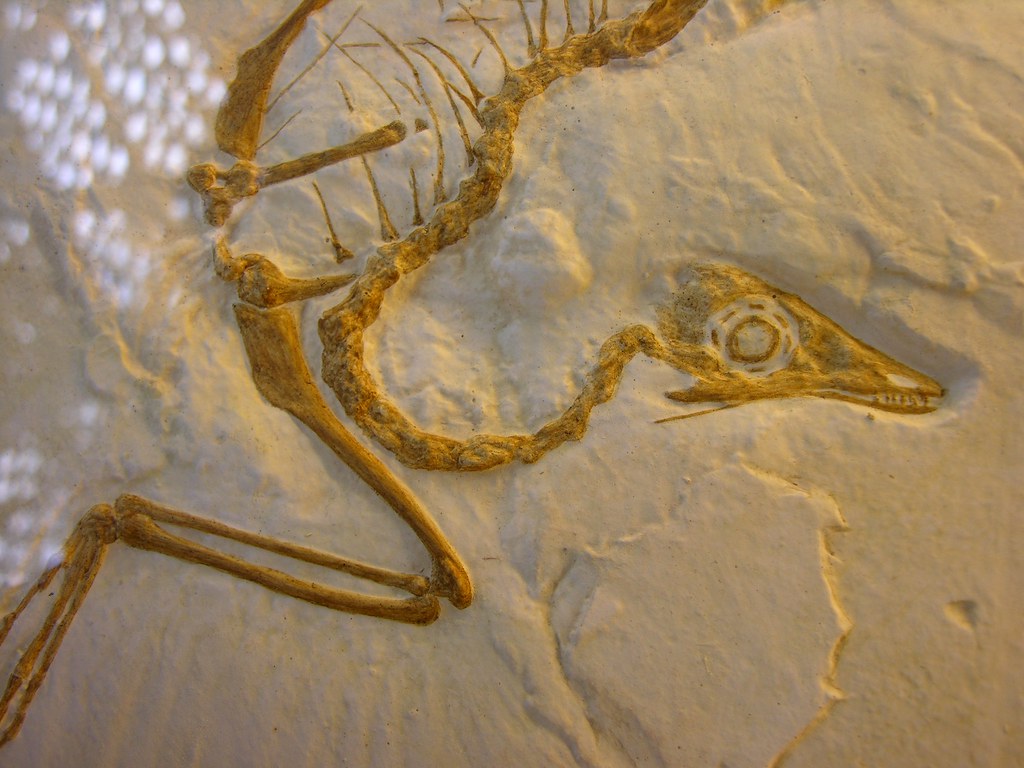
Despite 160 years of study, Archaeopteryx remains controversial among scientists. Some researchers argue it was primarily a ground-dwelling dinosaur with limited flight abilities, while others believe it was a competent flyer. The debate centers on biomechanical analyses that suggest different flight capabilities depending on the assumptions made about muscle mass and wing loading.
Recent discoveries of other feathered dinosaurs have also challenged Archaeopteryx’s position as the first bird. Some scientists now argue that true birds evolved from a different lineage of feathered dinosaurs, making Archaeopteryx a side branch rather than a direct ancestor. These ongoing debates highlight how scientific understanding continues to evolve as new evidence emerges.
Impact on Understanding Bird Evolution
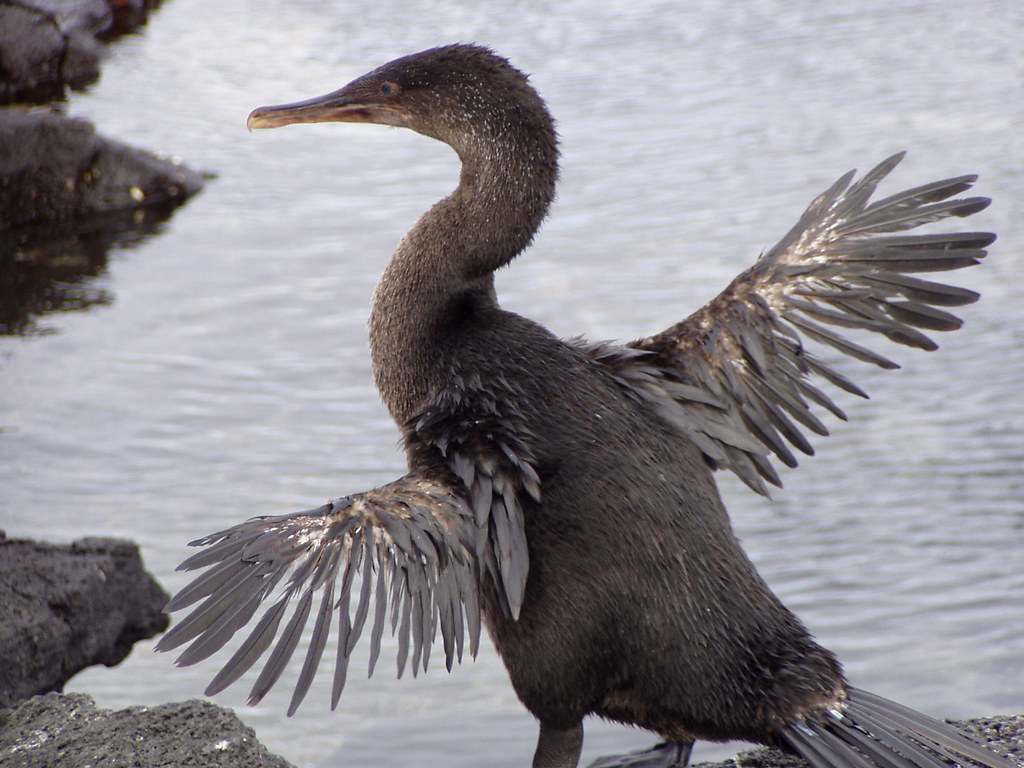
Archaeopteryx fundamentally changed how scientists think about bird evolution and the origin of flight. Before its discovery, the gap between reptiles and birds seemed insurmountable. This remarkable creature showed that birds evolved from dinosaurs through a series of gradual changes, not through a sudden evolutionary leap.
The creature’s mix of primitive and advanced features demonstrates that evolution is a mosaic process—different traits evolve at different rates and times. Wings evolved before the loss of teeth, and feathers appeared before the development of modern flight capabilities. This pattern of mosaic evolution has become a fundamental principle in understanding how complex organisms evolve.
Legacy in Popular Culture and Science
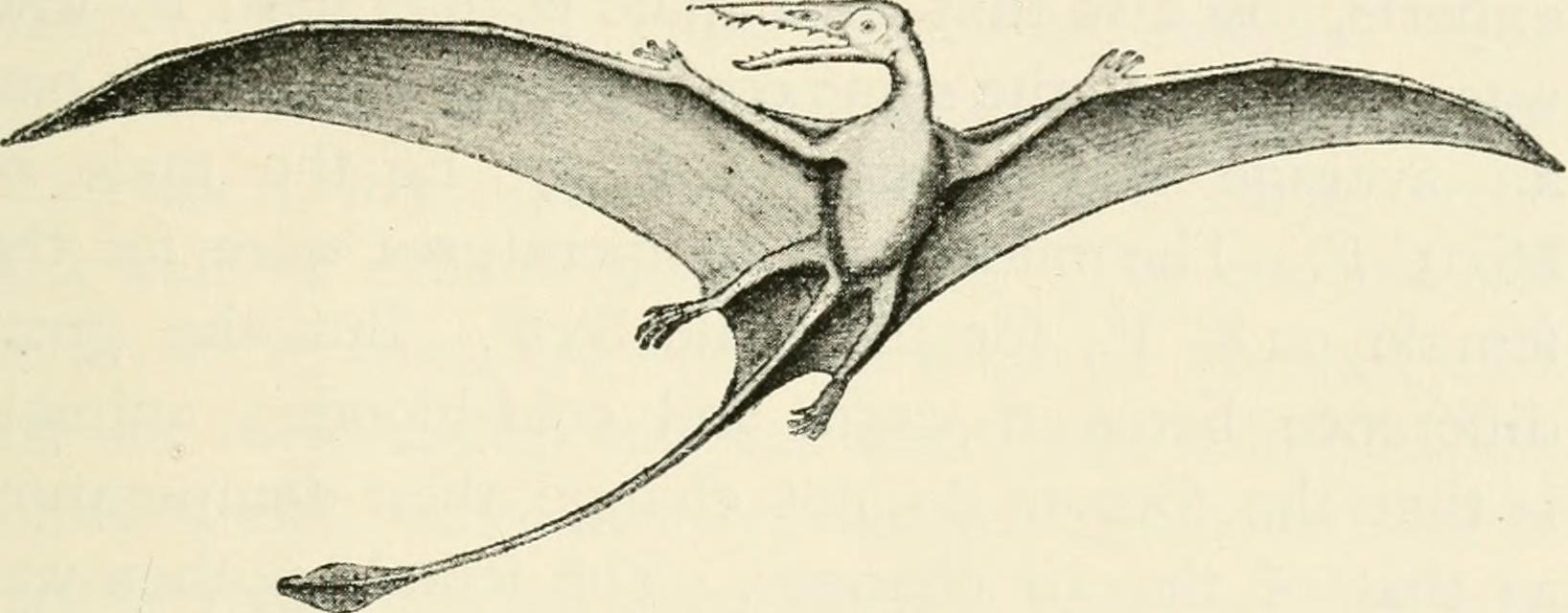
Archaeopteryx has captured public imagination like few other fossils, appearing in countless books, documentaries, and museum exhibits. Its image has become synonymous with the concept of evolutionary transition, representing the moment when life took to the skies. The creature’s dramatic story of discovery and scientific importance has made it one of the most famous fossils in the world.
In scientific circles, Archaeopteryx continues to influence research into dinosaur evolution, bird origins, and the development of flight. New discoveries of feathered dinosaurs from China and other locations are constantly compared to Archaeopteryx, using it as a benchmark for understanding the evolution of flight-capable dinosaurs. The creature remains a cornerstone of evolutionary biology education worldwide.
The Future of Archaeopteryx Research

As technology advances, scientists continue to unlock new secrets from Archaeopteryx fossils. Future research may reveal details about the creature’s metabolism, growth rates, and even its behavior patterns. Advanced chemical analysis might provide insights into its diet and ecosystem relationships that were previously impossible to determine.
The discovery of additional specimens remains a possibility, as fossil hunters continue to explore the limestone quarries of Germany. Each new find has the potential to answer lingering questions about this remarkable creature’s biology and behavior. The story of Archaeopteryx is far from over, with new chapters being written as scientific techniques continue to improve and evolve.
The journey from dinosaur to bird represents one of evolution’s most remarkable transformations, and Archaeopteryx stands as living proof that the impossible can become reality through millions of years of gradual change. This ancient creature reminds us that the boundaries between different groups of animals are often more fluid than we imagine, and that life finds extraordinary ways to adapt and thrive. When you next see a bird soaring overhead, remember that you’re witnessing the continuation of a story that began with a feathered dinosaur taking its first tentative flight through a prehistoric forest. What other evolutionary mysteries might be waiting to be discovered in the rocks beneath our feet?

